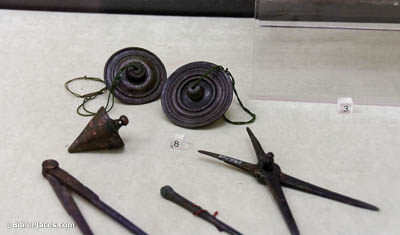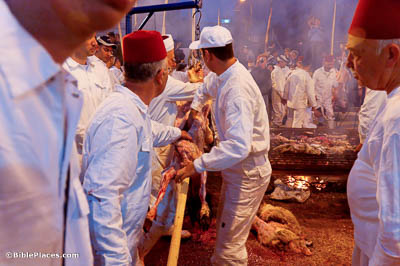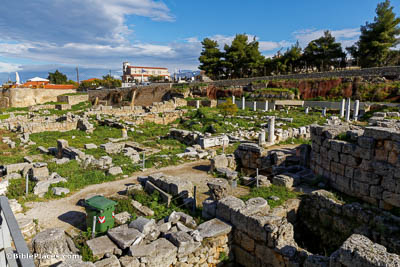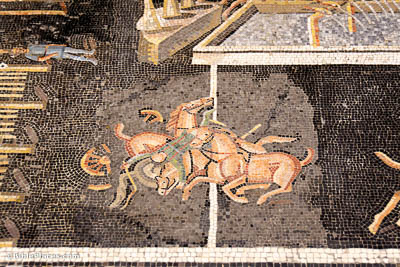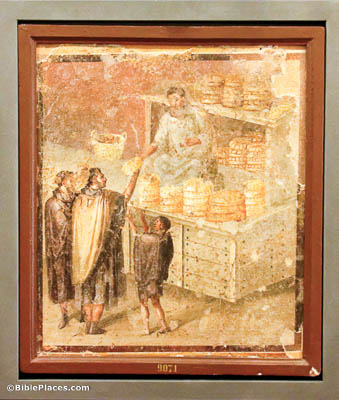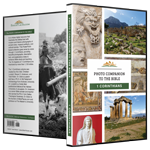Knowledge makes arrogant, but love builds up (1 Corinthians 8:1).
The verb “to build up” is used literally of things like the construction of a house (Luke 6:48). Here it is used figuratively to refer to the strengthening of other believers (cf. Acts 20:32; 1 Thess 5:11). The tools shown here include compasses and three plumb-bobs. Such tools were used by Roman craftsmen and builders to keep their projects straight and square.
